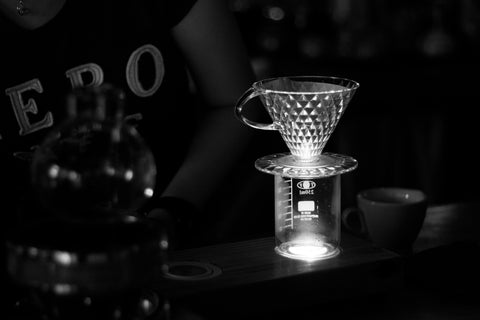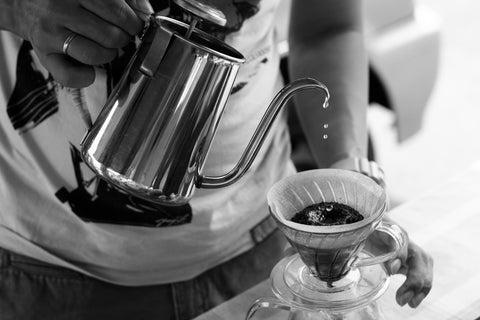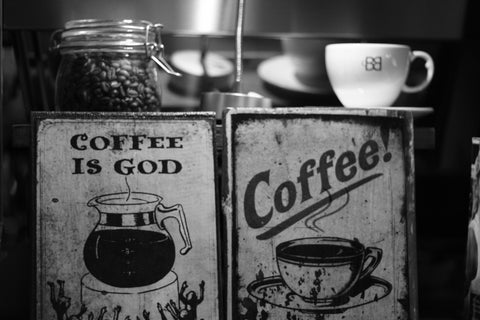Salam Ramadan | Tools Clearance up to 50% off | Free Shipping on Subscriptions & order over RM80
Salam Ramadan | Tools Clearance up to 50% off | Free Shipping on Subscriptions & order over RM80
Add description, images, menus and links to your mega menu
A column with no settings can be used as a spacer
Link to your collections, sales and even external links
Add up to five columns
Add description, images, menus and links to your mega menu
A column with no settings can be used as a spacer
Link to your collections, sales and even external links
Add up to five columns








